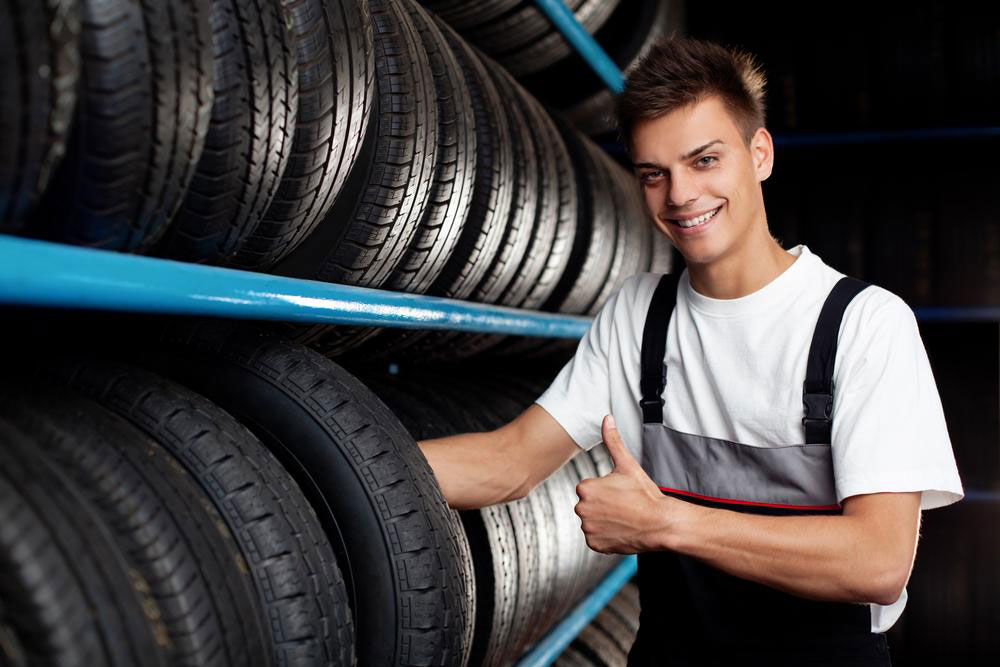3 ways to keep your tires running longer
Tires are one of the core components of your vehicle and are the driving force, literally! The slightest damage in the tires can be deleterious. Damaged tires not only affect the drive but can also lead to a grave loss if not detected in time. The right and well-maintained set of tires ensure safety, provide better support when driving, and enhance fuel economy.
It is imperative to be vigilant about the condition and ensure that they are in the best condition. The entire vehicle is supported by the tires and thus they play an important role in ensuring the overall performance and well-being.

Regular tire pressure checks – An important task is that tire pressure checks must be regularly undertaken as they directly impact the car’s efficiency. When the tires are underinflated, they are at an increased risk of getting damaged or even popping when running over a sharp object. Moreover, the right pressure levels ensure that you enjoy a comfortable ride minus all the bumps. It is extremely simple to check on the tire pressure using an air hose and a tire gauge. Remember that tires must not be over-inflated too as this can be equally damaging.
Rotate once a year – Tires must be rotated to keep the tire wears even. This task involves swapping the front tires with the rear one at least once a year. The rear tires experience greater abuse, and this means that they wear out much faster than the front ones. Alternately, car tires can be rotated after every 7,000 miles or be very vigilant.
Go easy – Speeding down the roads is not only dangerous for the passengers but also does major harm to the tires. Like with most things you own, abusing tires will shorten the amount of time they will last. The constant stomping of breaks can cause the tires to wear off faster. Moreover, one must try and avoid objects that can cause possible harm to the tire. Even the smallest rock could hurt the tires if they are over or underinflated.

